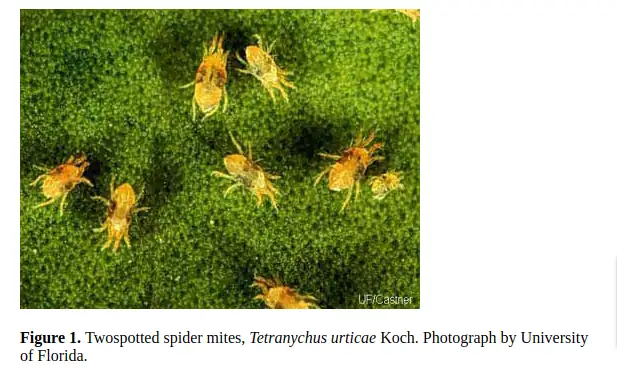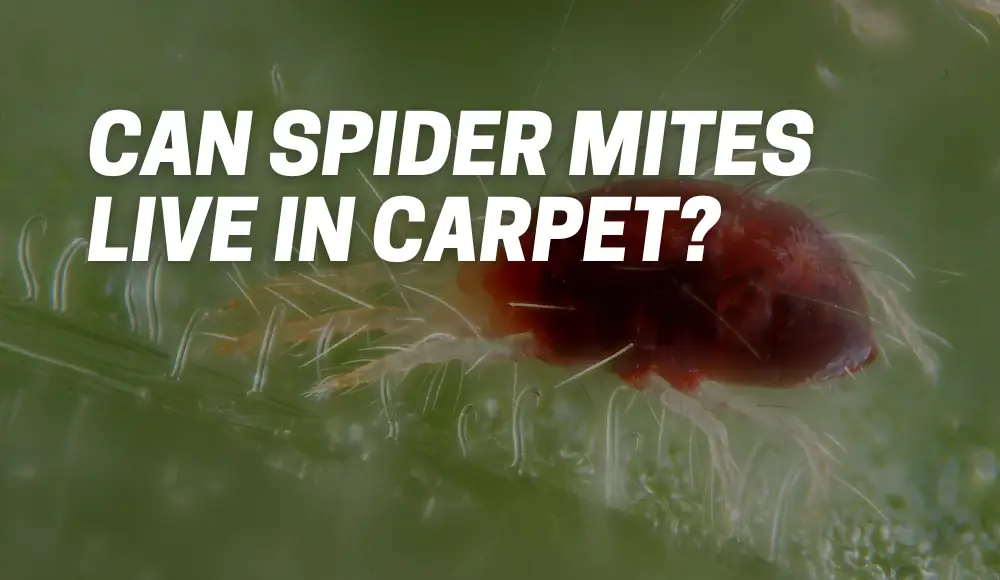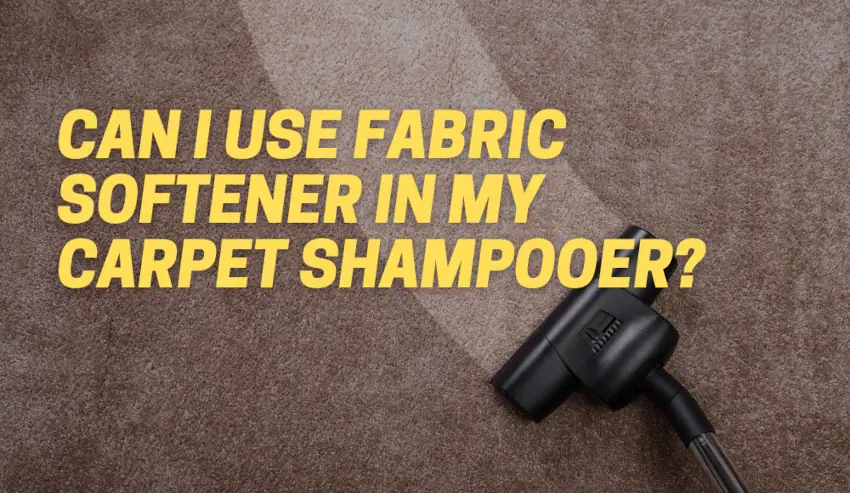Last updated on October 29th, 2023 at 02:25 am
When you think about household pests, you might not immediately picture tiny spider mites making themselves at home in your carpets. However, it’s a valid concern, and understanding the potential for spider mites in carpets is crucial for maintaining a healthy and pest-free living space. In this comprehensive guide, we’ll explore the world of spider mites in carpets, addressing common questions and providing expert insights to help you keep your home spider mite-free.
What Do Spider Mites Look Like in Carpets?
Spider mites are incredibly small pests, often measuring less than a millimeter in size. Their minuscule size makes them hard to spot with the naked eye, which is why it’s important to recognize the signs of their presence rather than the mites themselves. Spider mites can vary in color, appearing as red, brown, or even green, depending on the species. Their appearance can change with age and environmental conditions, making them even more challenging to identify.
—
Expert Insight: Spider mites belong to the Tetranychidae family, and their appearance may differ depending on the specific species. Some have a distinct web-spinning ability, while others are more challenging to detect due to their tiny size.
How Do Spider Mites Get into Carpets?
Spider mites are not naturally drawn to carpets but can find their way in through various means. They are outdoor creatures that often enter homes on clothing, shoes, or pets. These tiny hitchhikers can then find a comfortable home in your carpet fibers. Moreover, they may enter through open windows and doors, so ensuring proper sealing can help prevent their entry.
Expert Insight: Spider mites, being extremely small and lightweight, can be carried by the wind, making it possible for them to enter your home through even the tiniest cracks and crevices.
Signs of Spider Mite Infestation in Carpets
Detecting a spider mite infestation in your carpet can be challenging. However, some telltale signs can alert you to their presence. Look out for:
- Tiny Specks: Spider mites are known for leaving tiny specks or dots on your carpet’s surface, which are often webbing or waste.
- Yellowing or Browning: As spider mites feed on the plant cells in your carpet fibers, you may notice discolored patches.
- Fine Webbing: Some spider mites spin fine webbing, resembling delicate silk threads on your carpet’s surface.
- Itchy Skin or Allergies: If you or your family members experience unexplained skin irritation or allergies, a spider mite infestation could be the cause.
Are Spider Mites Harmful to Carpets?
Spider mites are not only a nuisance but can be harmful to your carpets. As they feed on the plant cells in carpet fibers, they cause discoloration and weaken the structure of the carpet. If left untreated, spider mites can lead to irreversible damage, making it essential to address infestations promptly.
Expert Insight: Beyond the damage to your carpets, spider mites can also be detrimental to your houseplants and garden, as they often transition between different environments.

Preventing Spider Mites in Carpets
Prevention is the first line of defense against spider mites in carpets. To keep these unwelcome guests at bay, follow these tips:
- Regular Cleaning: Vacuum your carpets frequently, paying attention to corners and edges where spider mites might hide.
- Maintain Indoor Plants: If you have houseplants, ensure they are pest-free, as spider mites can easily transfer from plants to carpets.
- Seal Cracks and Openings: Prevent spider mites from entering by sealing any cracks, gaps, or openings in your home’s structure.
How Long Can Spider Mites Live In Carpet?

Spider mites, being tiny pests, can indeed find their way into carpets, but their lifespan in carpet fibers can vary based on several factors. Here’s a closer look at how long spider mites can potentially survive in your carpet:
- Environmental Conditions: The longevity of spider mites in carpets can be influenced by environmental factors. Warmer temperatures and higher humidity levels are generally more favorable for their survival. In such conditions, they may live longer.
- Availability of Food: Spider mites primarily feed on plant cells. If your carpet contains organic materials or residues that can serve as a food source, they may survive longer. However, carpets are not their ideal food source, so their lifespan might be shorter compared to plants.
- Predators and Cleaning: In a home environment, there are natural predators like other mites, spiders, and insects that may prey on spider mites. Additionally, regular vacuuming and cleaning can disturb and remove spider mites from carpets, reducing their lifespan.
- Life Stages: Spider mites go through various life stages, including eggs, nymphs, and adults. The lifespan of an individual mite varies depending on its stage. Adult spider mites typically have a shorter lifespan than their younger counterparts.
Spider mites life span
The mature female spider mite has a lifespan of two to four weeks and can lay hundreds of eggs during her lifetime.
Given these variables, it’s challenging to provide an exact timeframe for how long spider mites can live in carpets. In general, if you maintain a clean environment, vacuum regularly, and control humidity, their survival in carpets is likely to be limited. However, addressing spider mite infestations promptly is crucial to prevent any potential damage to your carpets and minimize their presence.
Getting Rid of Spider Mites in Carpets
If you suspect a spider mite infestation in your carpet, you need to take action. Here are some effective methods for eliminating spider mites from your carpets:
- Vacuuming: Regular and thorough vacuuming can help remove adult spider mites and their eggs from your carpets.
- Steam Cleaning: Steam cleaning can kill spider mites at different stages of their life cycle, making it an effective treatment.
- Natural Remedies: Some natural solutions, such as neem oil or a mixture of dish soap and water, can help combat spider mites.
Expert Insight: For severe infestations, it’s advisable to consult a pest control professional who can offer targeted treatment options.
Are There Natural Ways to Control Spider Mites in Carpets?
Indeed, there are natural ways to control spider mites in your carpets. Here are a few eco-friendly solutions:
- Neem Oil: Neem oil is known for its effectiveness in controlling spider mites. A diluted neem oil solution can be applied to infested areas.
- Diatomaceous Earth: This natural substance, when sprinkled on your carpets, can help dehydrate and kill spider mites.
Expert Insight: Natural remedies are a viable option, but it’s important to follow safety precautions and ensure proper application to avoid any adverse effects.
How Often Should Carpets Be Inspected for Spider Mites?
Regular carpet inspection is essential for early detection and prevention of spider mite infestations. Ideally, you should inspect your carpets every two to three weeks. However, if you have a history of spider mite issues or indoor plants, more frequent checks are advisable.
Do Spider Mites in Carpets Pose Health Risks?
Spider mites are not known to directly harm humans. However, their presence can trigger allergic reactions or skin irritations in some individuals. If you suspect a spider mite infestation in your carpets, it’s essential to address it promptly to minimize any potential health risks.
Expert Insight: While spider mites themselves are not a significant health risk, their presence can exacerbate allergies or skin conditions in sensitive individuals.
Common Myths About Spider Mites in Carpets
There are several myths surrounding spider mites in carpets that need to be debunked:
- Myth: Spider mites can’t survive in carpets.
- Reality: Spider mites can infest carpets if the conditions are favorable.
- Myth: Spider mites only affect outdoor plants.
- Reality: They can easily transition from outdoor plants to indoor environments.
Comparing Spider Mites in Carpets to Other Pest Infestations
Spider mites are distinct from other common carpet pests like dust mites and fleas. While dust mites mainly feed on shed skin cells and are not visible to the naked eye, fleas are parasitic insects that bite humans and pets. Spider mites, on the other hand, feed on plant cells and are known for the fine webbing they produce.
Choosing the Right Carpet Material to Prevent Infestations
Selecting the right carpet material can play a significant role in preventing spider mite infestations. Consider low-pile carpets or those made from synthetic materials, as these are less attractive to spider mites. Additionally, carpets with tighter weaves make it more challenging for spider mites to establish themselves.
Professional Pest Control vs. DIY Solutions for Spider Mites in Carpets
When it comes to dealing with spider mites in carpets, you have a choice between DIY solutions and professional pest control services.
- DIY Solutions: DIY methods can be effective for minor infestations. They are budget-friendly and give you control over the process.
- Professional Pest Control: For severe or recurring infestations, professional pest control services offer expertise and specialized treatments to eliminate spider mites effectively.
In conclusion, while spider mites in carpets might not be as well-known as some other household pests, they can be a real issue. Recognizing the signs of infestation, taking preventive measures, and knowing how to address spider mites are key to maintaining a healthy and pest-free home. By following these guidelines, you can keep your carpets spider mite-free and your living space comfortable and inviting.
Expert Insight Table:
| Prevention Method | Effectiveness | Notes |
|---|---|---|
| Regular Cleaning | High | Essential for preventing infestations |
| Steam Cleaning | High | Effective at various life stages of mites |
| Natural Remedies | Moderate to High | Can be effective with proper application |
| Professional Pest Control | High | Ideal for severe or recurring infestations |
For authoritative information on pest control and spider mites, you can refer to resources from the Environmental Protection Agency (EPA) and university extension programs.



